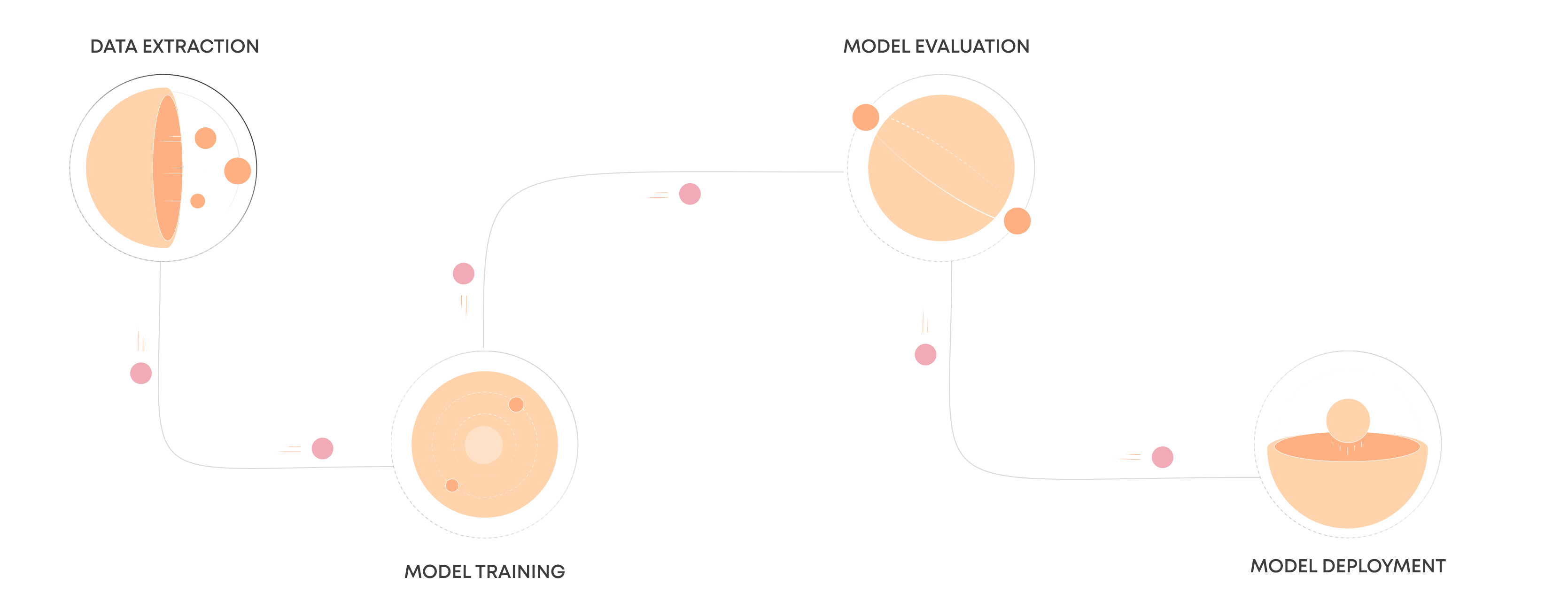The introduction of the European AI Act (2024/1689) marks a transformative shift in how Artificial Intelligence (AI) systems are regulated across various sectors. Prime reason for introduction is to make AI systems safe, transparent and environment friendly. The European Union (EU) believes AI Systems should be overseen by people to prevent harmful outcomes. This landmark legislation not only poses challenges but also provides opportunities for organizations to lead in responsible AI innovation. To help senior technology leaders navigate these changes, this guide outlines key compliance strategies and practical steps for aligning your AI systems with the new regulations.
Understanding the European AI Act: A New Era in AI Regulation
To comply with the EU Artificial Intelligence Regulation 2024/1689 (AI Act), companies that develop, market, or operate artificial intelligence (AI) systems need to take several steps. Here are the key points for compliance:
1. Categorization of the AI System:
- Classify AI systems based on their risk levels (e.g., high-risk AI, low-risk AI, unacceptable risks).
- High-risk AI systems have the strictest requirements, while certain prohibited applications (e.g., manipulative or discriminatory AI systems) are not allowed.
2. Risk Management and Safety Measures:
- Implement risk management processes to assess and minimize potential impacts of AI on health, safety, and fundamental rights.
- Ensure technical robustness to prevent malfunctions and security risks.
3. Transparency and Information Obligations:
- Provide technical documentation for high-risk AI systems, including information on the design, training, and functionality of the system.
- Inform users about the use of an AI system, especially in cases of automated decision-making or biometric identification.
- Explain the operation and limitations of the AI system to users, so they can make informed decisions.
4. Monitoring and Corrective Measures:
- Monitoring and recording obligations: Companies must continuously monitor and record the behavior of their AI systems, especially for high-risk systems.
- Implement corrective measures if issues arise to ensure proper system functioning.
5. Regulations for High-Risk AI Systems:
- High-risk systems (e.g., in health, safety, law enforcement) are subject to specific requirements such as:
- Conformity assessment before placing on the market.
- Regular audits and risk analyses.
- Internal processes to monitor and minimize risks.
6. Data Protection and Fundamental Rights:
- Ensure compliance with EU data protection laws (especially GDPR) when processing personal data using AI systems.
- Ensure that AI systems respect users’ fundamental rights, including avoiding discrimination and unfair decisions.
7. Requirements for Biometric Systems:
- AI systems for biometric remote identification (e.g., facial recognition) have strict regulations, especially for their use in public spaces or for law enforcement.
- These systems can only be used within very narrow legal frameworks.
8. Innovation Support and SME Assistance:
- The regulation provides relief and support for small and medium-sized enterprises (SMEs) and start-ups to promote innovation, but these companies must still meet the basic compliance requirements.
9. Prohibited AI Applications:
- Certain applications are prohibited, such as AI systems that manipulate, exploit, or discriminate against people unfairly, or social scoring systems based on extensive data monitoring.
10. Collaboration with Authorities:
Companies must collaborate with relevant market surveillance authorities to ensure their AI systems comply with the regulation. This includes reporting incidents and providing relevant information.
The European AI Act establishes a risk-based regulatory framework that categorizes AI systems according to their potential impact:
- Unacceptable Risk: AI systems that pose a threat to people are outright prohibited.Cognitive Behavioral manipulation of people or social scoring would be totally banned.
- High Risk: AI Systems affecting safety, fundamental rights, or livelihoods, and used in critical sectors such as healthcare, finance, and public services. These face stringent compliance requirements.
- Limited Risk (Transparency requirements): AI systems requiring specific transparency measures, such as chatbots that must disclose they are not human.
For CIOs, CTOs, and AI Managers, the focus should be on high-risk AI systems, as these require the most extensive governance, documentation, and compliance measures.
In addition to the general regulation of AI through the EU AI Act, there are other regulations that are relevant for AI use cases: Horizontal ones, such as the GDPR or the proposed EU Data Act, and vertical or sectoral ones, such as the EU Medical Devices Regulation (MDR) or the German Regulation on the Approval and Operation of Motor Vehicles with Autonomous Driving Functions in Specified Operating Areas (AFGBV)
Strategic Roadmap for AI Compliance and Innovation
1. AI Risk Assessment and Management
Action Item: Implement a comprehensive AI risk assessment framework to categorize systems accurately.
Accurate risk classification is the foundation of compliance. Misclassifying AI systems can lead to either over-compliance (wasting resources) or under-compliance (risking penalties). Form a cross-functional team involving legal, technical, and operational experts to guide this process.
Checklist for AI Risk Assessment:
- Form a cross-functional team for risk evaluation.
- Create an inventory of all AI systems.
- Develop criteria for risk classification based on the AI Act.
- Conduct initial risk assessments.
- Establish a continuous monitoring and re-evaluation process.
2. AI Transparency and Accountability
Action Item: Develop documentation and auditing processes for AI systems to ensure transparency.
AI transparency is critical for both compliance and business trust. Implement processes to log AI decisions and explain AI outputs in clear, non-technical language to stakeholders, ensuring compliance and enhancing accountability.
Checklist for AI Transparency:
- Standardize AI documentation processes.
- Implement decision-logging mechanisms.
- Ensure non-technical explanations for AI decisions.
- Establish an audit trail for AI system activities.
3. Open-Source AI Strategy
Action Item: Create a policy to manage the use of open-source AI models.
While open-source AI models can accelerate innovation, they also come with compliance challenges. Establish clear guidelines for verifying, documenting, and updating open-source components, ensuring they meet regulatory standards.
Checklist for Open-Source AI Management:
- Create an inventory of open-source AI components.
- Develop policies for reviewing and approving open-source tools.
- Track modifications to open-source models.
- Perform regular audits of open-source usage.
4. AI Bias Mitigation and Fairness
Action Item: Integrate AI bias detection and mitigation tools into your AI development pipeline.
AI bias is not only an ethical concern but also a legal one under the European AI Act. Ensure that your systems are fair and unbiased by incorporating bias detection tools and collaborating with diversity experts during the development process.
Checklist for Bias Mitigation:
- Integrate bias detection tools into development.
- Build diverse development teams.
- Use representative and diverse datasets for training.
- Conduct regular fairness audits.
5. Enhanced AI Cybersecurity Measures
Action Item: Ensure that AI system security matches the standards required for critical infrastructure.
The AI Act emphasizes the need for robust cybersecurity. For high-risk systems, implement penetration testing, access controls, and incident response plans to protect AI systems from cyber threats.
Checklist for AI Cybersecurity:
- Conduct security audits of AI systems.
- Implement advanced access controls.
- Schedule regular penetration tests.
- Create a specialized incident response plan for AI systems.
6. AI Data Governance and GDPR Alignment
Action Item: Align AI data practices with GDPR to ensure compliance.
AI systems often process large amounts of personal data, making alignment with GDPR crucial. Update your data consent processes and implement data minimization techniques for AI systems to ensure data protection.
Checklist for Data Governance and GDPR Compliance:
- Review and update consent processes for AI data usage.
- Implement data minimization strategies.
- Create clear data retention policies for AI data.
- Regularly conduct GDPR compliance audits.


